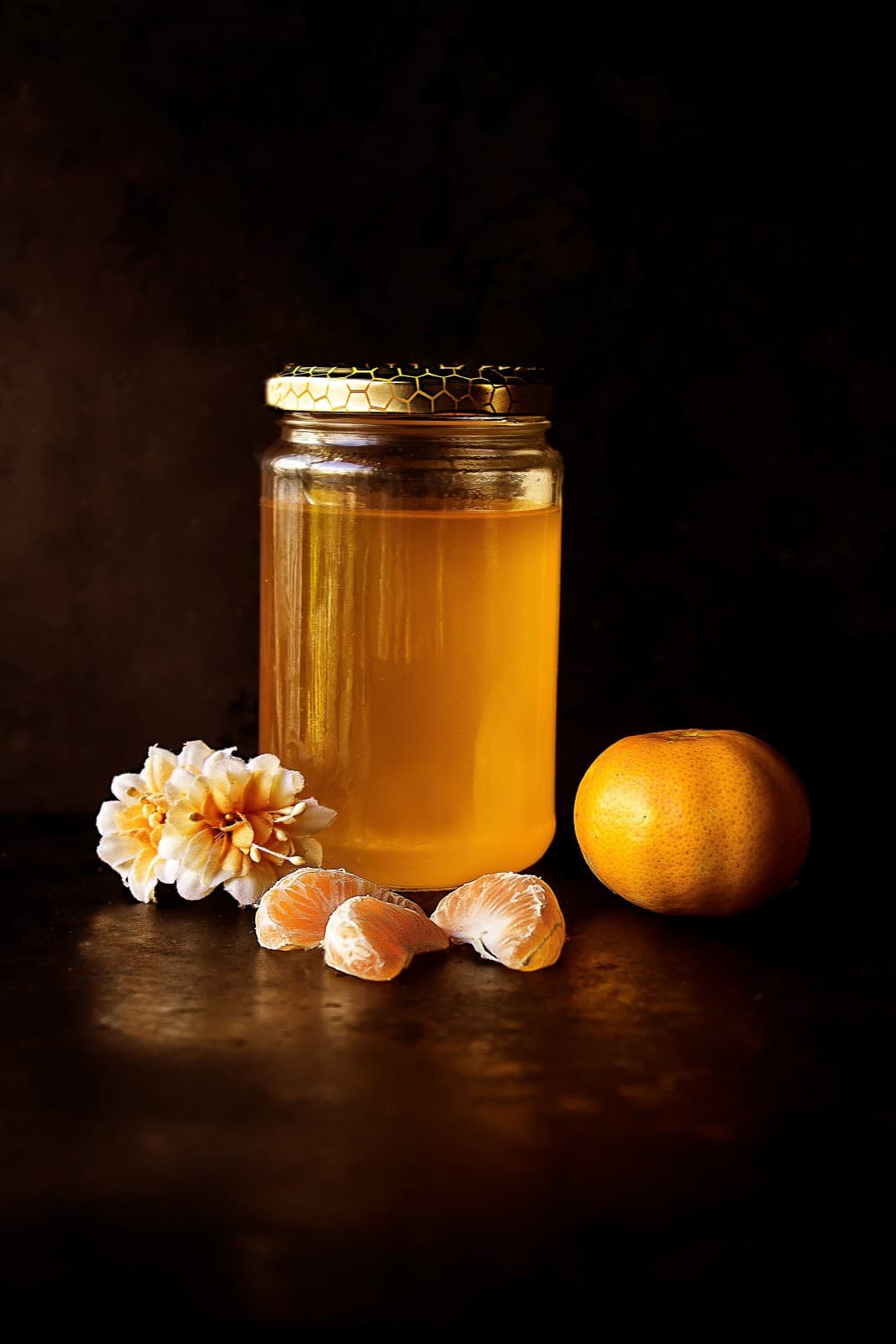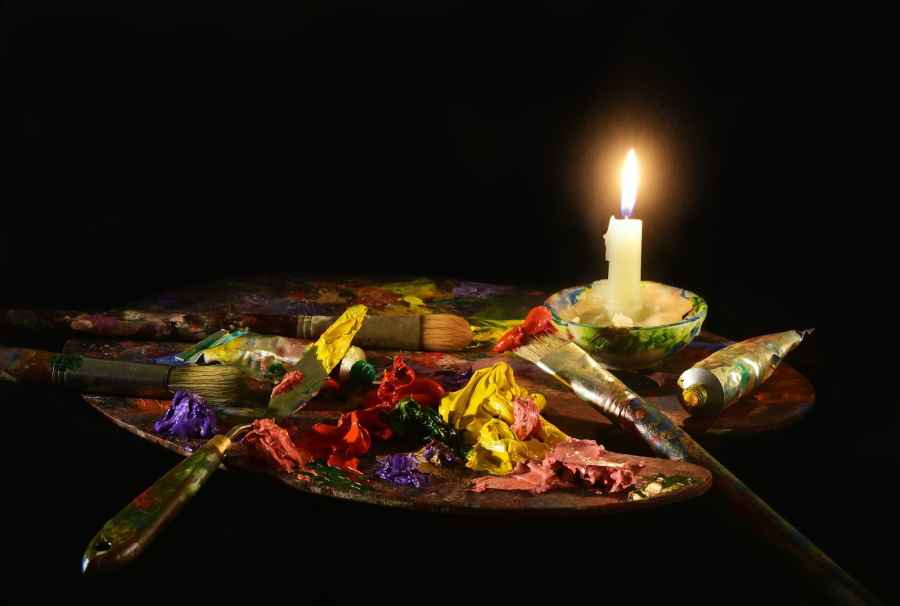In partnership with MPB
With round three of APOY now open on the theme of ‘Home,’ what about entering some of your best still life images?
The beauty of still life photography is that inspiration can be found all around the home – lovely flowers from your garden, interesting objects, utensils or antiques, the choice is yours. Indeed, you might have already been enjoying taking still life images during the lockdowns.
So what makes a great still life image? Still life photography borrows rules from still life paintings and transfers them to photography, so as mentioned above, common subjects could include household items like plants, bottles and vases.
Still life photography is also a great way to hone your composition and lighting skills, as the subject isn’t moving.
Lighting
Work on getting your lighting just right. Whether it’s natural light or ‘staged’ lighting using an LED panel or flash, don’t be afraid to experiment with light.
For example, you could set up an LED panel to the right of your subject and take the shot – then see how different it looks when the panel is moved to the left.
Sometimes small touches can change a scene completely. You can also bounce a flash using a reflector – or if you don’t have a reflector, you can use a sheet of tin foil from the kitchen.

Photo by Roberta Sorge @robertina
Tripod
A tripod is essential for still life photography. It’ll help you compose your shots and keep them consistent, as well as leaving you with a hand free to move your subjects around until you find the perfect placement.
Try different angles or heights for a new perspective. Pair this with a remote shutter release to reduce any chance of camera shake. This is especially helpful in low-light situations. You may also be able to use an app to fire your camera remotely.
Props
Have a look around your home for eye-catching props. Something that can look mundane on a normal day has the capacity to surprise you, so try to tell a story or set the scene.
Work with neutral tones and avoid shiny surfaces, however, as they can become annoying when they reflect your surroundings.
Background
Although the background isn’t usually your subject, it’s still important. Anything too distracting can draw the eye away from what matters in the shot. If you’re shooting overhead, then a wooden table will work fine. If you’re shooting straight on, try to make the background as clear and neutral as possible.

Photo by Debby Hudson @hudsoncrafted
Planning
As with most photography, planning is key. Experiment by placing your subjects in different positions, making slight adjustments here and there.
You should be able to tell which shots look most aesthetically pleasing to you. Don’t overthink it, however, as this can actually be counterproductive and take the fun out of the shoot. After all, we’re doing this to enjoy ourselves.
Edit
There is no harm in tweaking your images, even if you feel you have them 100% perfect. Try lifting or dropping shadows, and playing with contrast and saturation. Even the most minute touch can transform an image.
Remember to have fun and try to go into the project with an outcome in mind. It won’t always be exactly the same as you pictured it – it could turn out much better.

Photo by David Clode @davidclode







